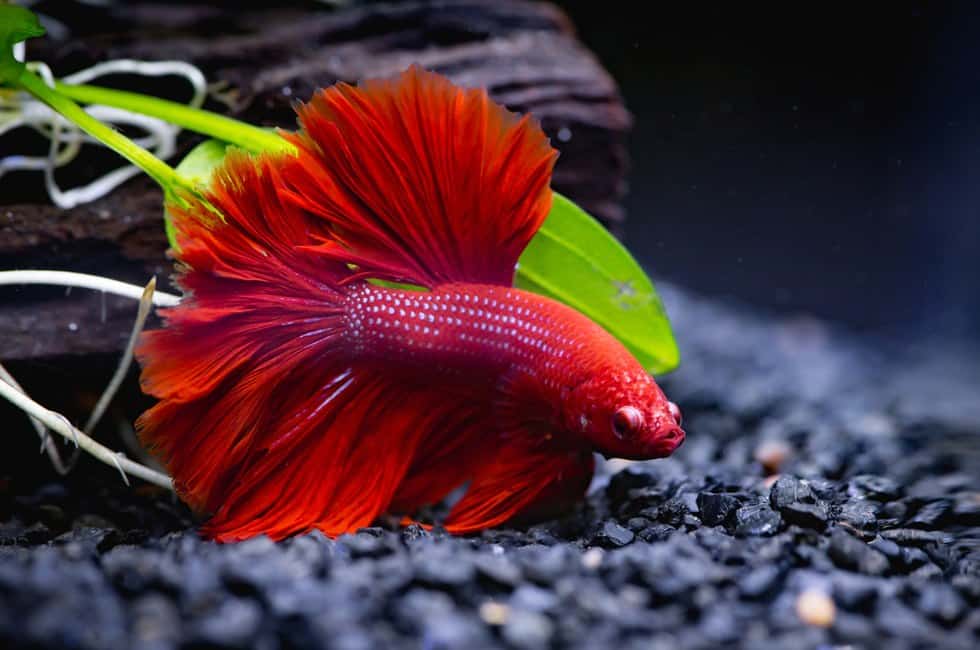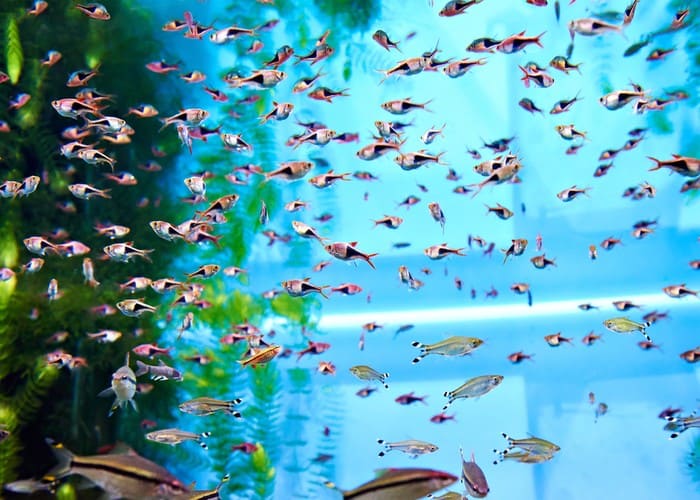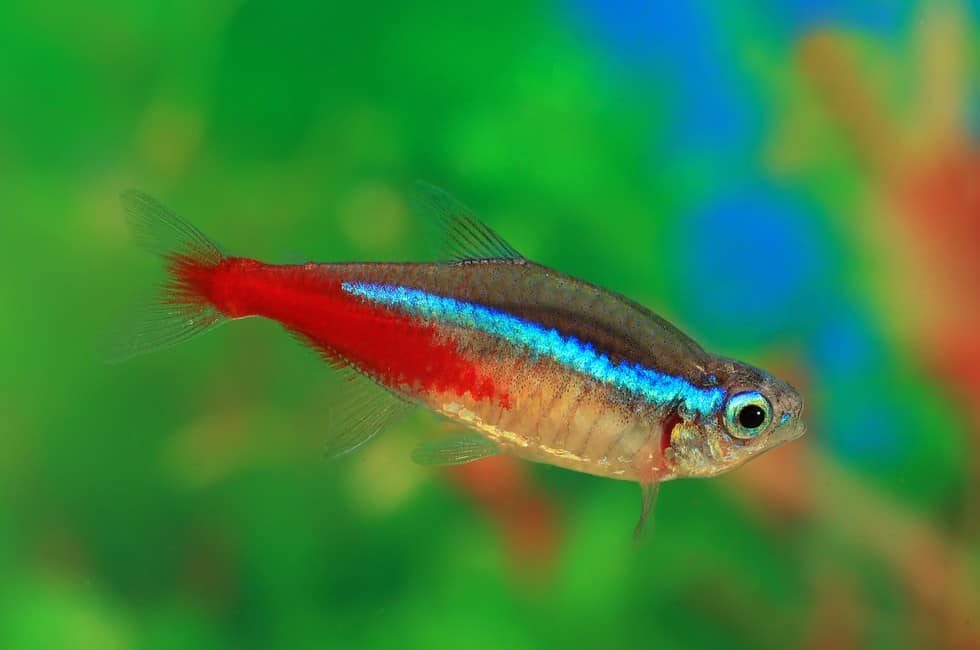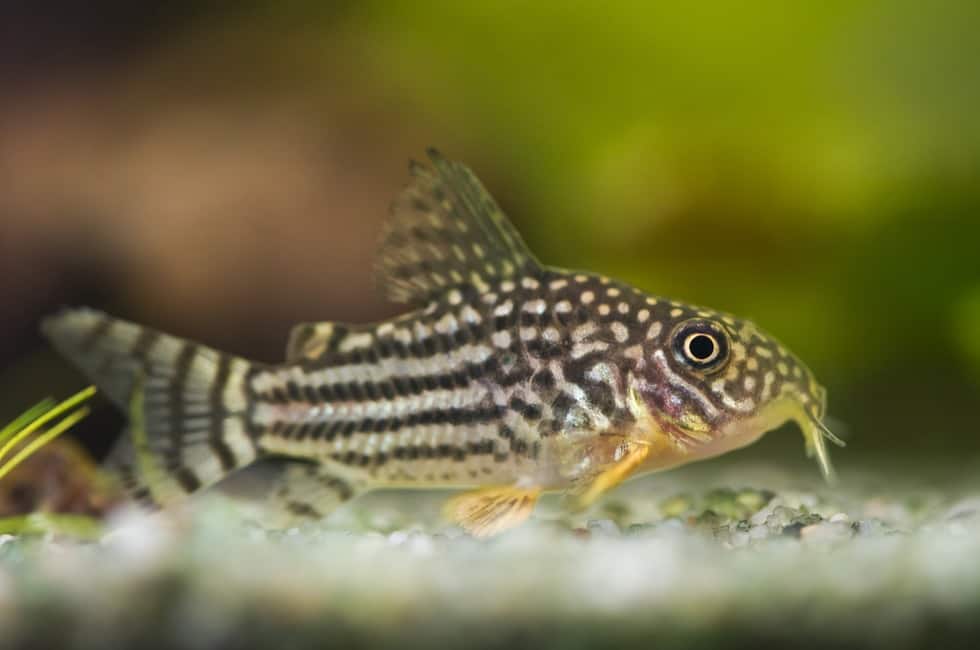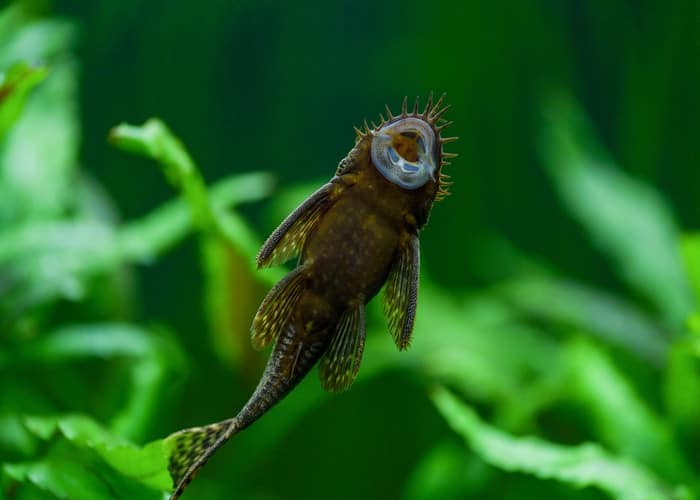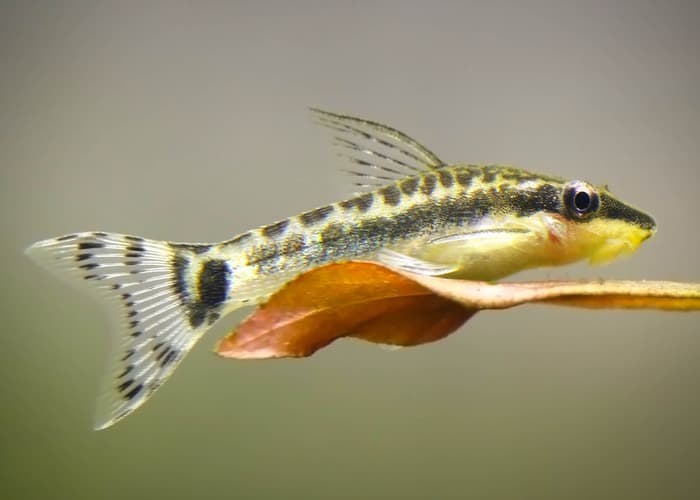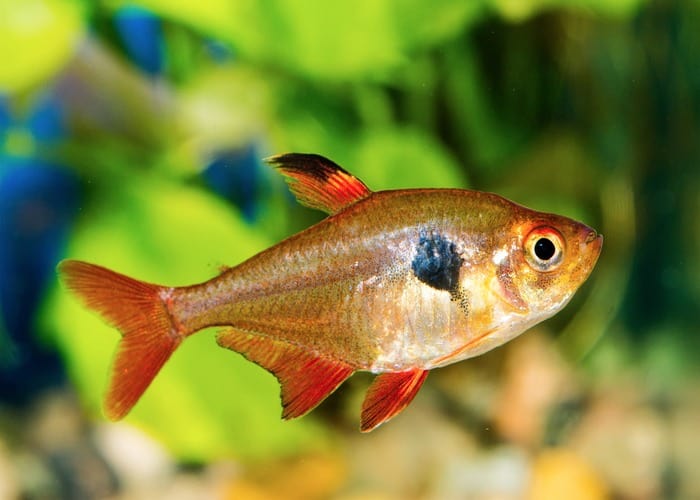If you have visited an aquarium, or you are an avid pet lover or a fish keeper, you must have come across the Betta fish and you might have considered, or still consider the thought of getting one.
Popular for their glittering colors of blue, green, and red, shimmering scales, and prominent fins; the Betta fish, also known as the Siamese fighting fish can be regarded as one of the most beautiful creatures ever!
This post would provide in-depth details about the Betta fish and their relationship with other fishes.
What species of fish can live with a Betta fish?
There is a generalized fallacy that the betta fish cannot live with other species. This is not the case at all! There are certain types of fishes that have been evidenced to live in peaceful coexistence in the fish tank together with the Betta fish; the attributes of these fishes include:
- Less aggressive. As the name suggests, the fighting fish is remarkably territorial and keeping the Betta fish in a tank with another aggressive species such as the gouramis fish might probably cause in sparring between both species that might result in harm.
- No Fin nippers. Fin nippers such as the tiger barb or the goldfish, which are aggressive and dominant as well can not compatibly live with the Betta fish,
- Bigger and colorful fish. Bigger fishes like the clown loach could scare or threaten the betta fish, this triggering an attack.
- Fast swimmers. Bettas are likely to feel threatened in tanks that have a fishes that actively swim about, they thrive better with other calmer fishes.
- Bottom feeder. Bottom feeders like the catfish that only swim at the bottom of the tank, surviving on algae gotten at the bottom of the tank do not pose as much threat to the betta fish.
What kind of fish can live with Betta in a 10 Gallon Tank?
Most fish keepers choose to create a tank community of their Betta with and other species, this might be because they want to make their tank more colorful and vibrant or because they think their betta fish needs a companion.
The basic principle you have to follow while breeding Bettas, is that you must never keep your Betta in a tank with other species if the size of your tank is less than 10 gallons.
If you breed your Betta in a smaller tank, your Betta is more likely to feel threatened or afraid, no matter how compatible they might seem with their ‘tank mates’.
Just like their name suggests, the betta fish is prone to fighting, thus, they are very dominant and might often be involved in sparring with other species.
Breeding your betta in a tank that is smaller than 10 gallons restricts the space available for the betta fish to swim and dominate, this might stress your Betta and make it ill.
It is more likely that your Betta would thrive well with other compatible species if it is bred in a large sized tank that is at least 10 gallons.
What Fish Can Live with Bettas?
However, before you decide to create a ‘tank community’ that might include the betta fish and other species you need comprehensive research on them as they might stress the betta, lets then get started with answering the question: What fish can live with bettas?
1. Harlequin Rasboras
Scientific name: Trigonostigma heteromorpha.
In addition to making your community tank more colorful due to their silver body, dark patches, and bright orange fins; the harlequin rasbora is also capable of peaceful and calm cohabitation with your betta fish.
The harlequin rasbora posses no stress for an amateur level fish owner and they are relatively easy to care for, hardly increasing in size by more than 2 inches, and their lifespan ranging from 5 to 7 years.
The Harlequin Rasbora is also a shoaling fish, which means that the species stays in groups called ‘schools’ for social reason, so, you can include about 7 or more in a 10 gallon tank.
2. Neon Tetras
Scientific name: Paracheirodon Innesi
Contrary to the attribute we have discussed previously that species compatible with your betta fish should not be too colorful or a fin nipper, some tetras actually nip the fins of other fishes, but they are calm and their speed enables them to be able to outrun betta fish when it start becoming aggressive.
Their calmness is also another attribute that makes them compatible to live in the tank with your Betta fish. They have a lifespan of between 5 to 8 years and can grow up to 1.5 inches.
Your community tank would have to include at least 7 neon tetras because they are also shoaling fishes and are prone to be stressed if their number is too small.
3. Corydoras Catfish
Scientific name: Corydoras.
This species of fishes posses one of the key attributes that makes it suitable as a ‘’tank mate’ to your Betta fish; that is, it is a bottom feeder. They also have colors that are dull when compared to the Betta fish, this is in addition to their peaceful nature.
They are capable of living alone, and if your tank is a large one (just as recommended) they can be bred in schools of about 4 or more fishes. Caring for them is very easy and would prove to be no stress at all for you. They live for about 3 to 4 years and most of them stop growing once they are 2.5 inches long.
4. Kuhli Loach
Scientific name: Pangio Kuhlii.
The meekness of the Kuhli Loach makes it compatible to cohabit with your Betta fish. Their flexible bodies which closely resembles an eel’s makes it easy for them to burrow into holes.
In addition to their love for brine shrimp, they are bottom feeders too and are mostly restricted to scavenging at the bottom of your community tank so it is very unlikely that your Betta fish would even notice their presence.
It is relatively easy to care for them. Their sizes range from 2 to 4.5 inches; although, a particular species- the clown loach a grow to be as big as t 12 inches
5. Brittlenose Pleco
Scientific name: Ancistrus Cirrhosus
Unlike the Common Pleco that can grow to be as big as 24 inches making it incompatible for your community tank, the maximum length of the brittlenose pleco is about 5 inches.
It is a scavenger that feeds mostly on algae at the bottom of the tank. Their dull colour also makes them less threatening to Your Betta fish. They are are not ideal for an amateur fish owner as caring for them might be tedious.
6. Otoclonus catfish
Scientific name: Otocinclus macrospilus
Similar to Plecos, Otoclonus catfish is also a bottom feeder that scavengers on algea at the bottom of your tank, in the same process cleaning out your tank. Their peaceful temperament and small size allows them to share a tank easily with your Betta fish.
There also live in groups, which makes them feel protected, so it is recommended that you include about 6 of them in your 10 gallon tank. Most of them stop growing once they are about 2 inches.
7. Ember Tetra
Scientific name: Hyphessobrycon Amandae
Another specie in the family of tetras, is the Ember Tetra. Although, they are smaller than neon tetras, measuring just 1 inch on an average, they are just as calm.
They also prefer to shoal in groups for social reasons; In some cases, they might even shoal with neon tetras. Another thinh they have in common with the neon tetra is that they also love tasty brine shrimp. Their color ranges from orange to red.
A high number of species in your community tank means that there is an increase in the number of organisms producing excretory substances.
Degradation of these substances produced might yield ammonia and other hazardous chemicals which would result in an increase in the optimum ph of your tank, therefore, stressing the fishes in your community tank and predisposing them to being sick.
More: How to Lower pH in Aquarium
So, it is recommended that you include a filter to remove the excretory products, decaying organic matter, and other unsuitable particulates from your community tank.
It is also recommended that you clean the tank at least once a week, using pure water (most tap water contains fluoride, chlorine, and impurities that can be hazardous to fishes)
Also, look out for signs of stress in the community tanks- these signs might include: continuous chases, tear marks (from sparring) and loss of appetite. If this is noticed, it is better to get a separate tank and keep your betta fish there instead.
Do betta fish get lonely?
To answer the question, do betta fish get lonely? The answer is simply No! Contrary to other fishes that prefer to live in groups called shoals, betta fishes would rather live on their own without the company of other fishes. But as the sociable animals that we are as humans; when we have them as pets, we tend to misinterpret their being dull as boredom.
No they are definitely not! Sometimes, they just do not want to be disturbed by you or any ‘pestering’ tank mate. Although, this does not imply that they are not interested in any form of interaction. No this is not the case; in fact, most times, they would gladly feed from your hands.
In reality, your betta’s detachment with other cohabiting species is probably for the best, you know. It could be the other way round, and your betta fish could be terrorizing other ‘tank mates’. So, it is better for your betta fish to be left alone in its own tank than to stress him by placing him together with other fishes he really has no interest in.
It might also be helpful if you include caves and synthetic plants in their tanks if you are still worried about their ‘boredom’
Can male and female betta fish live together?
Although mating is sure to help the female bettas reproduce, male and female bettas should only be kept together for a short period of time, and strictly for the purpose of breeding.
This should only be done by an experienced fish keeper, and not a beginner. Otherwise, the pairing would be unsuccessful, and the male betta would eventually ‘spar’ with the female betta till she dies.
It is important to note that, although, female Bettas can be live together in a sorority tank- this is a group of about 6 female bettas compatible cohabiting, this should NEVER be done for male bettas. Regardless of how large the tank is, two male bettas cannot coexist in a tank. They would duel to death.
Do not forget that compared to other species, the female betta can be almost as domineering as the males so they can also be harmful to some fishes. In addition, they are very fast swimmers due to their shorter fin.
Can better fish live with Goldfish?
It might be erroneously presumed that since goldfishes and betas are both tropical fishes, they should be able to peacefully cohabit with each other. This is not at all the case.
Firstly, they both thrive under different temperatures, while the goldfish thrives best at temperatures of about 74 degrees Fahrenheit. The optimum temperature for the betta fish is around 78 to 80 degrees Fahrenheit.
Secondly, one of the major attributes that makes a specie of fish an incompatible tank mate for the betta fish is fin nipping. Sadly, goldfishes are big time fn nippers! This habit of the goldfish can trigger an aggressive attack from the betta fish.
Thirdly, the goldfish produces quite a large amount of waste products which means that the water in its tank has to be frequently changed, this frequent changes might upset the biochemical components of the betta fish, thus, making it stressed.
Can betta fish live with guppies?
Keeping a betta fish together with a guppie, especially the male ones can result in sparring to prove dominance. In addition, the betta fish might feel threatened by the vibrant and prominent fins of the male guppy, further encouraging sparring.
Another scenario can occur when male guppies mistake female bettas for the female of their own specie, triggering another aggressive attack from the female bettas.
Conclusion
With the proper care, the lifespan of your betta fish ranges from 2 to 5 years.
In addition to being aesthetically pleasing as a result of their vibrant colors and shimmering scales; betta fishes are intelligent enough to recognize their owners and be trained to perform simple tricks.
To train them, make your betta fish start by following your fingers. Then you can graduate to harder tasks like jumping and so on.
Contrary to how ‘high maintenance’ they look, betta fishes are surprisingly low maintenance, simple tank adornments such as artificial plants, and in some cases live plants is enough to help your betta live.
Beneath that scaly, grumpy exterior, lies a betta fish with so much personality for you to explore.

